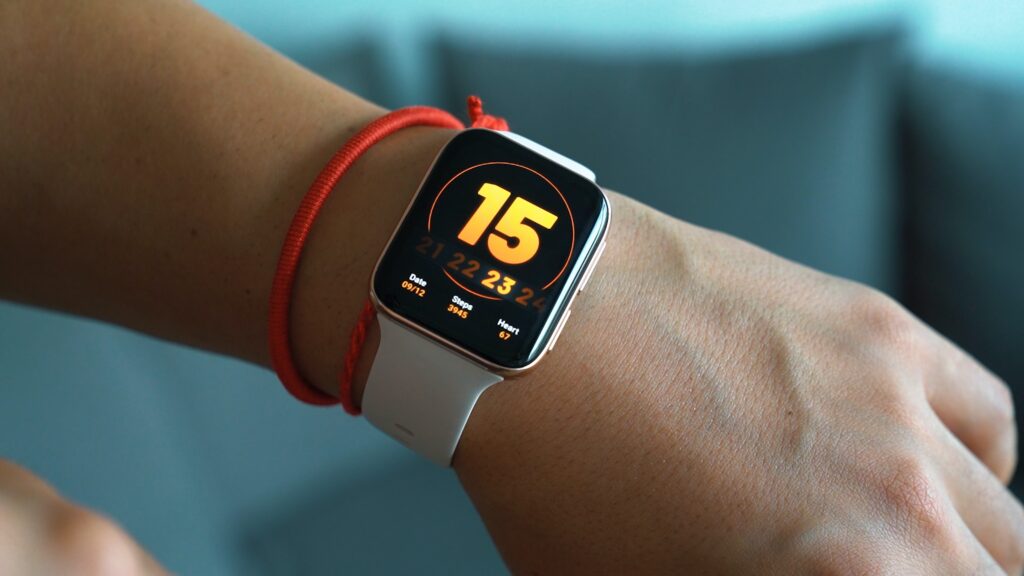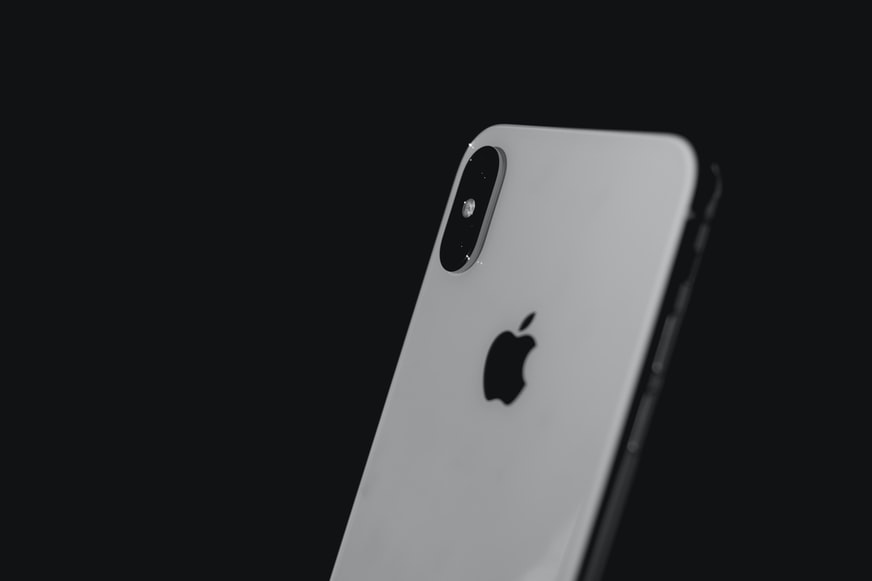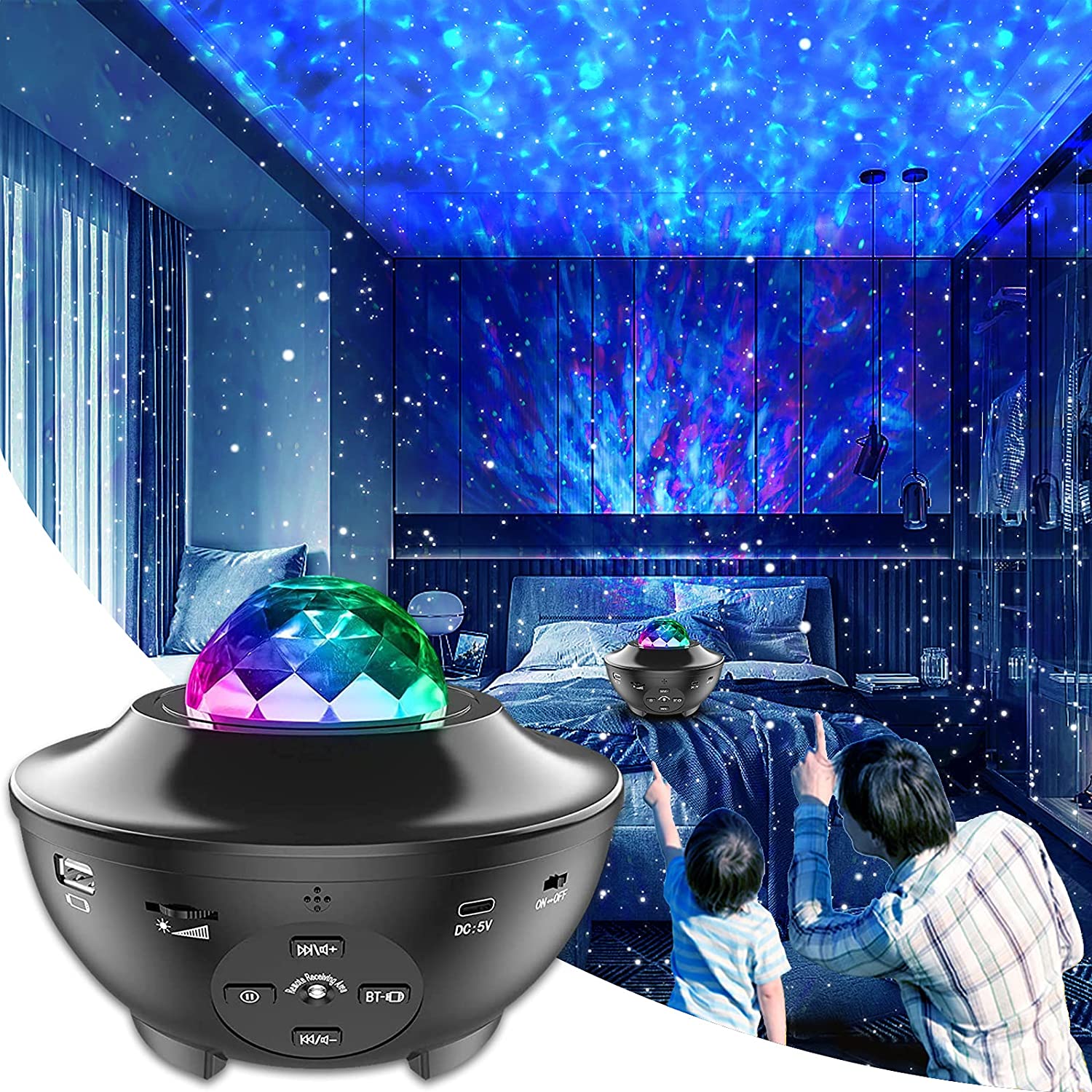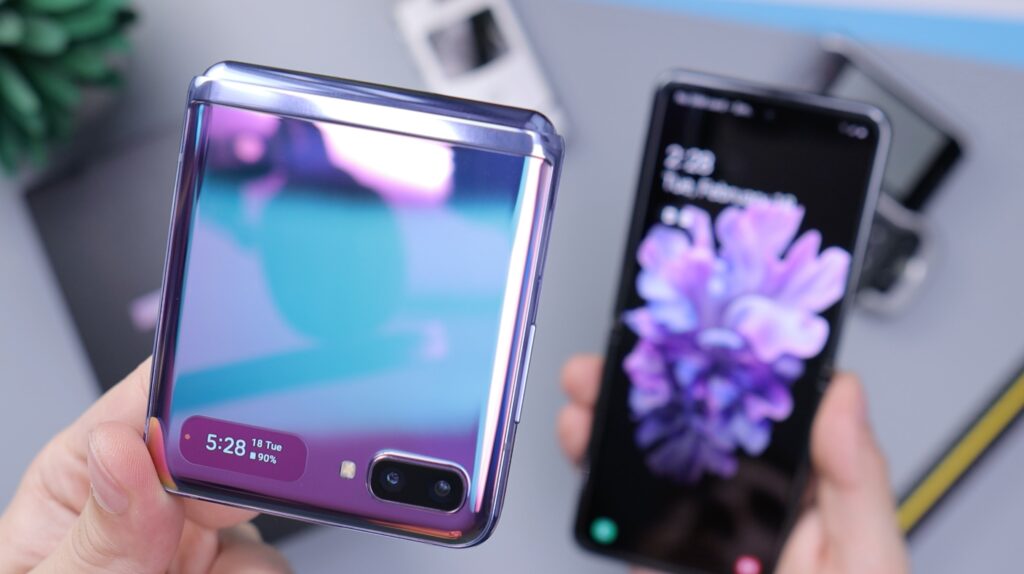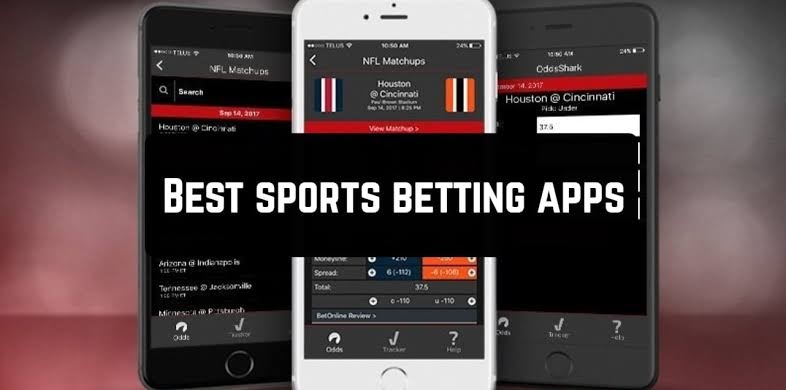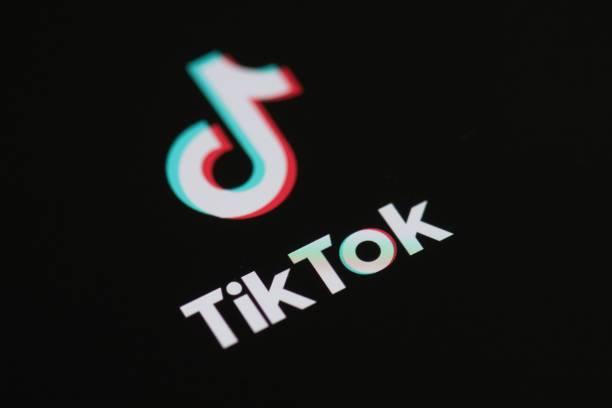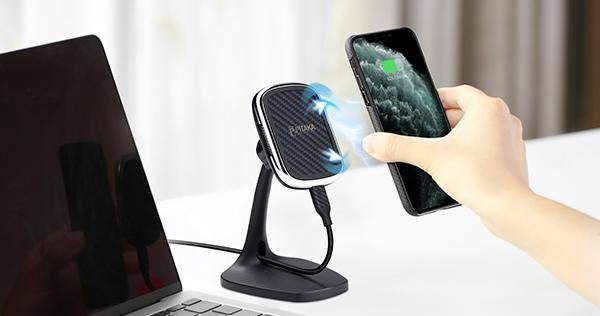What Are Magnetic Wireless Chargers And How Do They Work?
There has to be battery life on your phone for you to be able to use it, right? So, Having a charger is quite as important as having a smartphone. Charging smartphones has long been in the age of cable chargers. We think it’s time for an upgrade. To magnetic wireless chargers.
You must have been wondering a lot about the possibility of wireless chargers. This article will answer all your questions about magnetic wireless chargers.
Wireless charging works based on the principle of Electromagnetic Induction, this allows your smartphone, tablets, electric toothbrush, and smartwatch to charge without using cables or wires. Cool isn’t it?
Inductive Charging works by Inductive Coupling where alternating current moves through an induction coil (found in the charging pad or station), the movement of electricity will create a magnetic field, without this magnetic field an alternating current would not move in the induction coil.
Since an alternating current cannot charge your smartphone, it has to be converted to a direct current, this is where a rectifier comes to the party (alternating current is passed through the rectifier to give direct current).
In short, the series of coils in the charging pad produces an electromagnetic field that transfers power into your device to make it charge.
A Peek Into Magnetic Wireless Charging
A magnetic wireless charger is interchangeably referred to as a charging pad, mat, or station it supplies power at around 100 watts. Qi wireless charging standard is the commonest form of wireless charging solutions with most wireless chargers designed after the Qi charging standard.
The most popular inductive charger for smartphones is the Qi Wireless Charging Standard, with Apple and Samsung making recent products Qi-compatible. “Qi is pronounced as Chee”.
We recommend these major wireless charging technologies
Nexus Wireless Charger
Nexus wireless charger costs about $50, it is produced by Google and can be used with Nexus and Google devices.
Samsung Wireless Charger
The Samsung wireless charger offers a back case that costs about $13 for your Samsung smartphone if it’s not compatible with the charging pad. It is a very fast charger which you can get at $60 or less.
powermats
Produced by Duracell, powermats are a big step into the world of wireless charging, the amazing feature that powermats bring to the table is the ability to charge your phone without being closely positioned to a power outlet. This is possible because powermats provide specific points on your table or counter where you can place your smartphone and charging begins automatically.
Here are our top wireless chargers for 2021
- Native Union Dock wireless
- Google Pixel Stand
- Apple MagSafe Charger
- Samsung wireless charger trio
- Razer Charging Pad for gamers
- Moshi Lounge Q
Although it is a common sight to see round and flat wireless chargers, there are models that can double up and serve as a stand for your smartphone. It’s also advisable to get a wireless charger with lighting indicators to show your smartphone is charging without being near it. While some smartphones have wireless charging built-in, others need a rear cover just like the Samsung wireless charger.
How To Use A Wireless Magnetic Charger
Using a wireless magnetic charger is very simple, the only thing you need to do is plug the charging pad into a power outlet and rest your phone on it. Easy peasy, lol.
Keep your ears out for a chime, there’ll be a sound when you place your phone on the pad to signify that it’s charging, keep your eyes glued to your phone screen its display will turn on, showing charging has started.
It is important to know that optimal alignment is key when using a wireless charger for your smartphone to recharge faster, i.e your phone must be well placed on the pad.
Pros And Cons Of Magnetic Wireless Chargers
Advantages
- Your connection is protected from external elements like oxygen and water that bring about corrosion, eliminating the risk of insulation failure.
- It’s a common sight to see worn-out charger and cable ports as a result of occasional connection, Wireless Magnetic Chargers provide an escape from this problem. You get durability as a bonus in the long run.
- They provide an aesthetic quality, they are undoubtedly a beautiful sight to behold. Although, flat wireless chargers are a common sight,
- A single wireless charger just like the (MagSafe ) can serve multiple devices, well, that is surely a cool feature if you ask me.
- An added advantage of using a wireless charger is not having to deal with annoying cables making charging as comfortable as it can ever be.
Disadvantages
- Slower Charging – It takes a longer period of time to charge your phone. Well, we must inform you that if you are seeking to get enough power into your phone as quickly as possible in the shortest time frame, wireless charging is not your best bet.
- More Expensive – They are expensive and cost demanding, if you’re on a budget, they could prove impracticable.
- Inconvenience – We think the major disadvantage is that “You can not conveniently use your phone when charging”! It has to be on the charging pad. Mobility is impossible, your smartphone must be on its pad.
- Compatibility – Your device has to be compatible with your Wireless Charger.
- Portability – For those of us who love to use our phone on the go even when charging with cables, wireless chargers might not appeal to us. It’s virtually impossible to squeeze your smartphone and its charger in your backpack or pockets because it has to be on its charging pad.
- Inefficiency – A lot of questions have popped up concerning wireless chargers from customers, there are also a lot of issues ranging from not charging all of a sudden, to confusion about if your phone supports it or not, generally, wireless chargers are plagued with complications.
Which Smartphones Support Magnetic Wireless Charging?
First you must know how to check if your smartphone supports Wireless Charging.
Are you looking to get yourself a smartphone with a wireless charging feature, take a look at our top picks:
- Apple iPhone – iPhone 12
- Sony – Sony Xperia XZ
- Samsung – Samsung Galaxy S10 Series, Galaxy S10e, Galaxy s10e, Galaxy S10 5G
- Nokia: Lumen – 920 and 820, Nokia 9 PureView.
- Huawei – Huawei Mate 20 Pro
- Xiaomi – Mi and Xiaomi Mi 9.
- Google – Pixel 3, Pixel 3XL, Pixel 4, Google Pixel 4XL.
- LG – LG G7 ThinQ, LG G8 ThinQ, V40 ThinQ, V50 ThinQ.
Conclusion
As fashionable as Magnetic Wireless Chargers seem to be, they are equally as “smart”, proving to be a useful accessory, but there are quite a number of drawbacks preventing it from being popularized.
Hopefully, the snags besetting wireless chargers can be dealt with and made fit for use. In all, the industry is just taking shape and it’ll be fascinating to see what becomes of magnetic wireless chargers.
Want to tell us what you feel about magnetic wireless charging, or what your experience has been with wireless chargers? We would love you to share them in the comments below!






